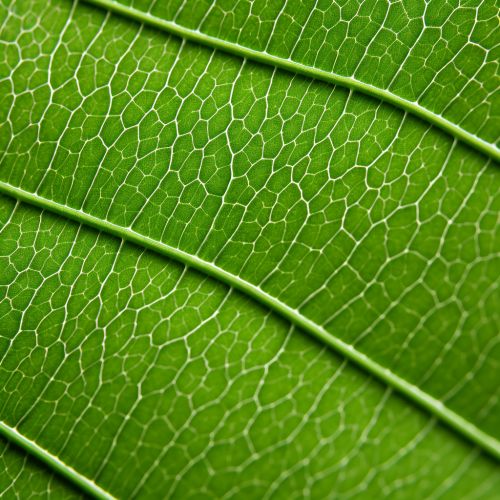Respiration in plants
Introduction
Respiration in plants is a vital process that involves the conversion of biochemical energy from nutrients into adenosine triphosphate (ATP), and then releasing waste products. It is a complex process that is crucial for the survival of plants. Unlike animals, plants do not have specialized organs for respiration. Instead, they respire through tiny pores called stomata found on the surface of leaves, stem, and roots.


Process of Respiration in Plants
Respiration in plants occurs in three stages: glycolysis, the Krebs cycle, and the electron transport chain.
Glycolysis
Glycolysis is the first stage of respiration that occurs in the cytoplasm of the cell. It involves the breakdown of glucose, a six-carbon sugar, into two molecules of pyruvate, a three-carbon compound. This process yields a net gain of two ATP molecules and two molecules of NADH, a high-energy electron carrier.
Krebs Cycle
The Krebs cycle, also known as the citric acid cycle or the tricarboxylic acid cycle, takes place in the mitochondria of the cell. Here, each pyruvate molecule is further broken down, releasing carbon dioxide and transferring high-energy electrons to carriers NAD+ and FAD, forming NADH and FADH2 respectively. This process also generates two ATP molecules.
Electron Transport Chain
The final stage of respiration is the electron transport chain, which occurs in the inner mitochondrial membrane. The high-energy electrons from NADH and FADH2 are transferred along a series of protein complexes, driving the movement of protons across the membrane. This creates a proton gradient that powers the synthesis of ATP. Oxygen acts as the final electron acceptor in this process, combining with electrons and protons to form water.
Role of Respiration in Plants
Respiration in plants serves several essential functions. It provides the energy necessary for all metabolic activities in the plant. This includes growth, repair, movement, and maintenance of cellular structures. Respiration also plays a role in the transport of nutrients and water within the plant, as well as in the regulation of pH levels.
Comparison with Photosynthesis
Respiration in plants should not be confused with photosynthesis. While both processes involve the exchange of gases and the production of energy, they occur at different times and have different requirements. Photosynthesis is a process that converts light energy into chemical energy, producing glucose and oxygen from carbon dioxide and water. This process only occurs during the day when sunlight is available. On the other hand, respiration happens continuously, day and night, as long as the plant is alive.
Factors Affecting Respiration in Plants
Several factors can affect the rate of respiration in plants. These include temperature, light, water availability, and the concentration of oxygen and carbon dioxide in the environment. For instance, higher temperatures generally increase the rate of respiration, as they speed up the biochemical reactions involved in the process. Similarly, the availability of water can affect respiration, as water stress can lead to stomatal closure, limiting the exchange of gases.
Conclusion
Respiration in plants is a complex and vital process that provides the energy necessary for plants to survive and grow. It involves several stages and is influenced by various environmental factors. Understanding this process is crucial for botanists, horticulturists, and anyone interested in plant biology.
